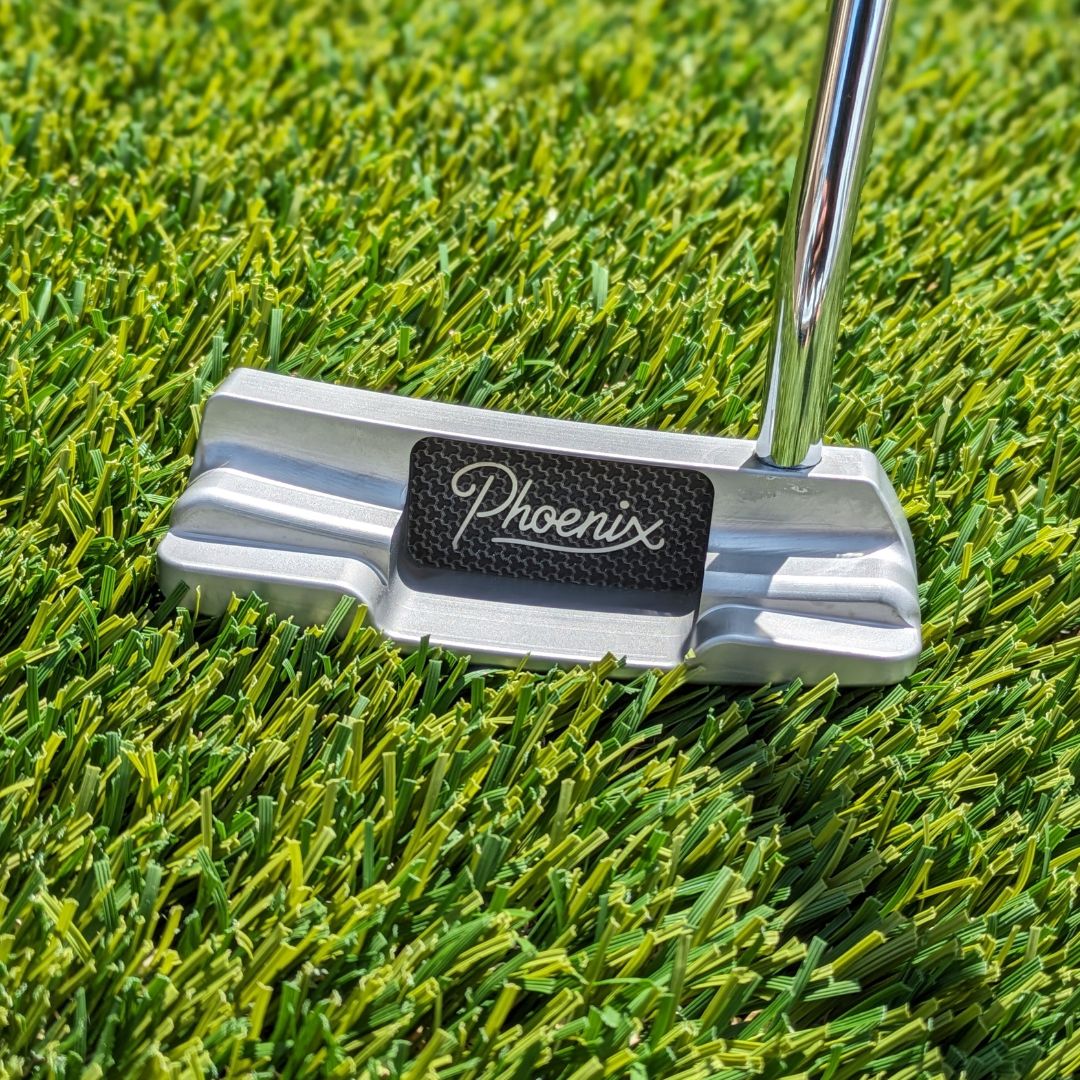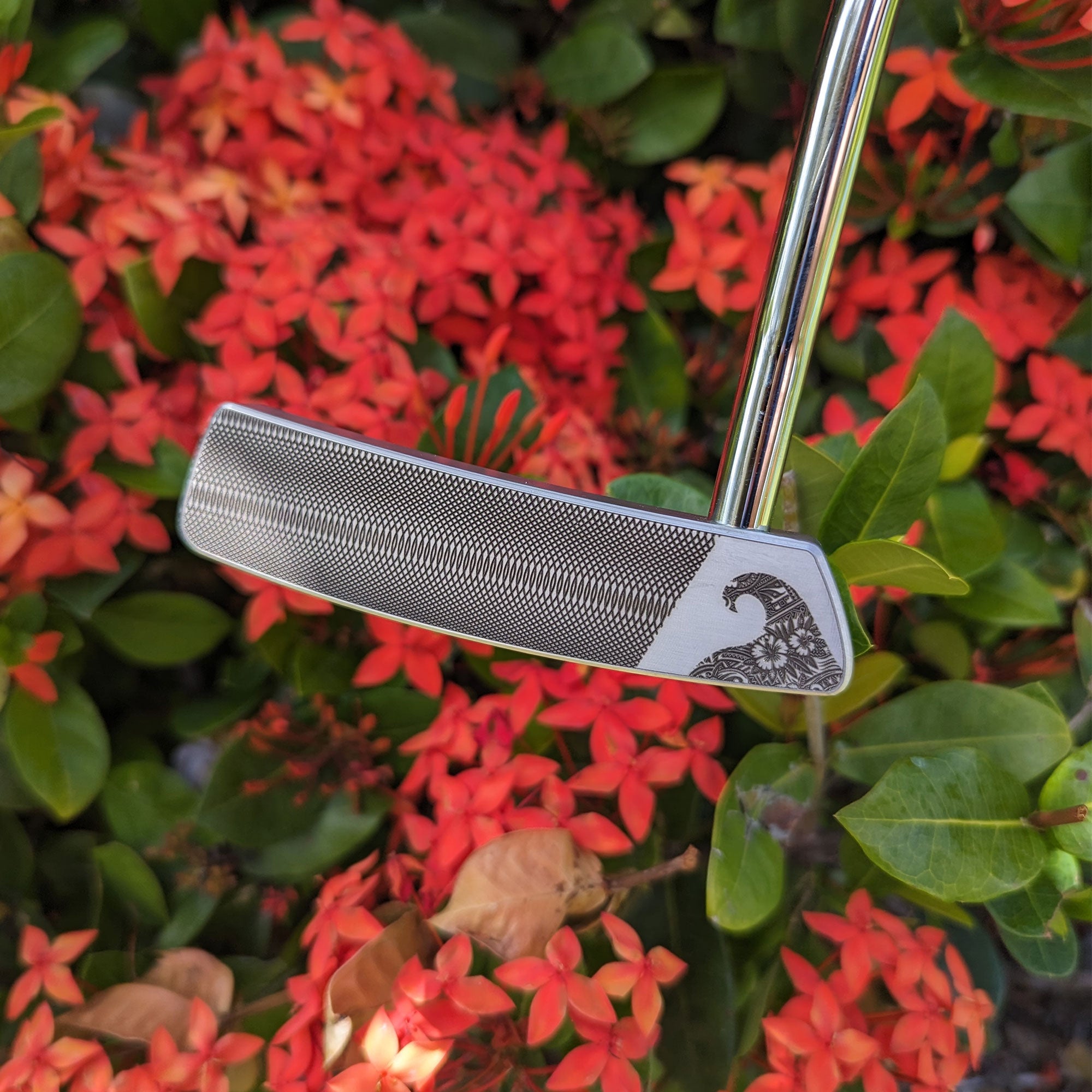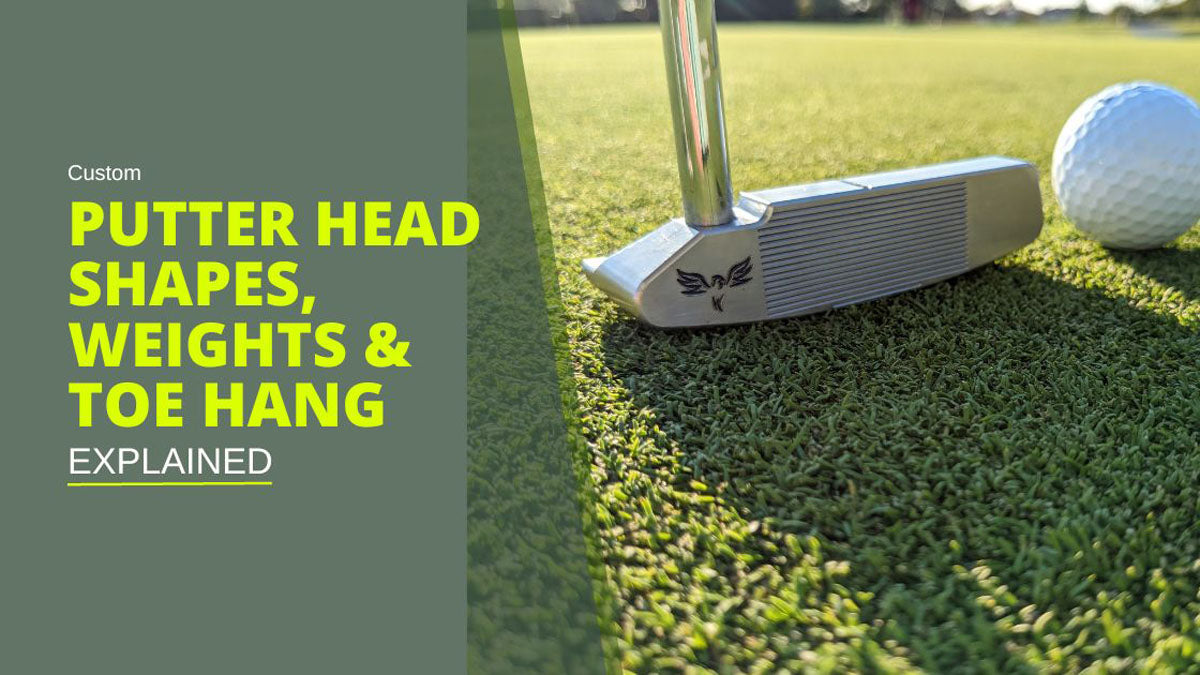Golfing is all about precision and getting the golf ball in the hole is the name of the game, so choosing the right putter can make a dramatic difference in your game and score. But with so many options out there, how do you know which one to choose? Whether you are an amateur golfer or a professional you will want to take the art of putting seriously to help improve your golf game.
A putter is an essential golf club that helps you get the ball snugly into the hole. It's obviously one of the most commonly used clubs that golfers use, as putting accounts for 36% of shots taken during a round. With this in mind, it’s important to select a putter that suits your individual style and preferences perfectly.
Putting Stroke :
There are two main types of putter stroke: the straight back-and-through stroke and the arc stroke. The straight back-and-through putter stroke is a simple movement whereby the golfer takes the putter back in a straight line, along his or her intended aim line, and then returns it on that same line. This is considered to be the simplest form of putting and one of the most efficient, producing a very consistent result. The arc stroke is more complex as it requires a greater range of motion and follows an arcing path with both transition periods off this arc. This type of stroke can be beneficial if you need to make adjustments to your angle of attack based on changing green speeds throughout your round.
Putter Head Balancing
-
-
The head weight of your putter is the main factor when it comes to properly balance your putter head. To balance your putter head, you have to ensure that the center of gravity is in line with the center axis of your shaft. The better balanced your putter head is, the more consistent and accurate your putts will be. You can also adjust swing weight by changing grip size or making modifications such as adding lead tape or heavier weights. Head-balancing effects are subtle, but they can make a huge difference in performance on the golf course.
-
-
Putter Head Shape and Weight
- Putter head shape and weight play an important role in determining the ball's trajectory. Different putter faces can affect a golfer's accuracy, while different sizes/weights can influence stroke power, putting spin, and more. For example, a square putter head will give more feel and accuracy on short approaches but would be too light for a long shot that requires more power. Also, heavier heads have less swing momentum so they should be used when precision is the preeminent goal. Knowing your preference for both head shape and weight can help you find the right putter to increase your golf game accuracy significantly.
- The most common types of putter heads come in many variations but the main styles are usually broken down into these styles : Mallet Putter, Blade Putter, Perimeter-Weighted Putter, Heel-Shafted Putter, and Center-Shafted Putter. Mallet putters are the most popular type of putter head due to their stability and forgiveness on off-center hits. Blade putters offer more feel and accuracy but require a more precise stroke. Perimeter-weighted putters feature weight around the perimeter of the putter. The types of weight distribution on putters could be exhausting as the variations are endless and come down to personal preference. The more forgiving putters will have a larger sweet spot and room for error if the putter does not return to the golf ball's impact spot.
-
Shaft Length
- Selecting the proper length putter shaft is of utmost importance during a round. A longer or shorter shaft forces the player to stand in an unnatural posture and can take away from accuracy. As a rule of thumb, golfers with a height above 6’2” should look for a longer club in order to ensure that they can use the proper arm swing during their stroke. Golfers who are below six feet should select shorter clubs as they will be better suited for shorter arms and provide more control over the ball. Putter shaft length is ultimately up to personal preference, but using basic guidelines can help golfers better determine which length to get.
-
Putter Grip
- Putter grips are an important part of a golfer's setup. There are many different types of putter grips on the market and each has its own unique features and functions. Putter grips come in many different materials, shapes, and sizes to help golfers achieve the best possible performance for the type of game they are playing. Putter grips can be customized with a variety of colors, textures, fabrics, and wrap options to not only improve performance but also provide golfers with aesthetically pleasing putter grip choices that make their clubs stand out from others on the course.
In conclusion, when selecting a putter, it is important to consider the length of the shaft, type of grip, and budget. The length of the shaft should be chosen based on personal preference and height while the type of grip should be chosen based on performance needs and aesthetic preferences. Finally, budget considerations should also be taken into account when choosing a putter as there are many different price points available depending on the quality and features desired. Let's not kid ourselves you can definitely get a great putter for cheap and spending thousands of dollars on a single club is not necessary. Most of the time the outrageously expensive putters are more for show than actual performance. It's all about what feels natural and what sinks the most putts because in the end, having a putter you are comfortable with will ultimately lead to fewer strokes on your scorecard.







Leave a comment
This site is protected by hCaptcha and the hCaptcha Privacy Policy and Terms of Service apply.